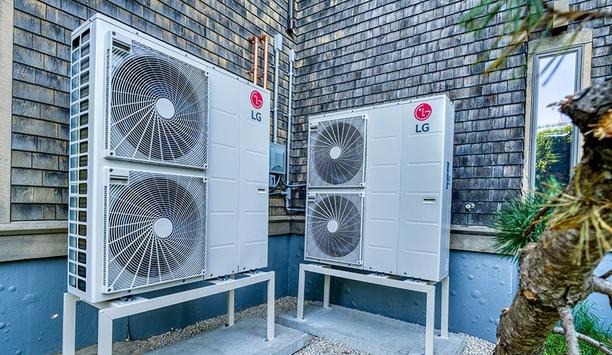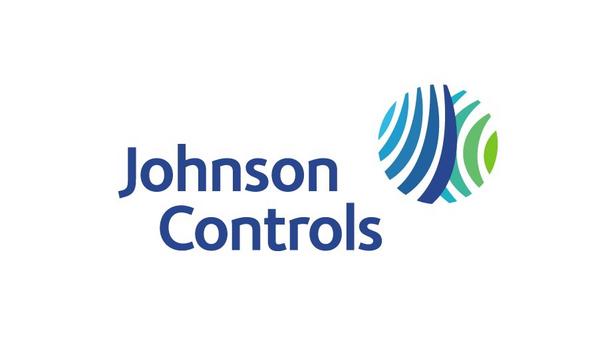Most of us have experienced a broken pipe or a leaky tap that won’t stop dripping. Generally, they’re issues everyone would rather avoid dealing with, but being able to spot a problem quickly can help to avoid any issues from escalating.
Discover what to look out for to help avoid small issues becoming bigger problems - and simple ways users can keep the plumbing working well.
Higher energy bills
Dripping taps and showerheads - Do users have a tap that won’t stop dripping? It might not seem a lot, but if left unattended a leaking tap can waste a lot of water and could lead to higher energy bills. Check the taps and showerheads for leaks regularly and look under the sink to see if there are any drips or water stains. If users notice something, it’s best to seek advice and support from a professional on the repairs.
Watch out for clogged drains - If the water is draining slowly, this may be the sign of a clogged drain. There are many environmentally friendly ways to unclog the drains which don’t involve harsh chemicals, so users can find a method that works for them.
Quick and inexpensive repair
Regularly check any exposed pipes and kitchen appliances for signs of a leak
Faulty toilets - Is the toilet running even when it’s not flushed? This may be a sign of a faulty seal around the valve. Alternatively, there could be an issue with the handle or tank stopper. It’s quick and inexpensive repair, so it’s best to tackle the problem before it escalates by seeking advice and support from a plumber.
Keep eyes peeled for leaks - Regularly check any exposed pipes and kitchen appliances for signs of a leak – such as water stains, puddles or mildew. By installing a drip tray underneath the water tank and washing machine, users can limit any damage if a leak were to occur.
Drain the water tank - It’s recommended that you drain your water tank once a year to remove sediment. If you live in an area with high lime deposits in the water, twice a year is best.
Tip top shape
Regularly inspect septic tanks - If the home has a septic tank, make sure it’s regularly inspected for any leaks or damaged pipes to help prevent any problems arising.
Prepare for winter - Users depend on heating throughout winter, so it’s important to ensure everything’s in tip top shape before a cold snap arrives. Getting the plumbing checked by a professional and making sure any exposed pipes are well insulated in autumn, will help to prevent problems occurring in winter.
Support for the plumbing - At ScottishPower, they offer Plumbing, Drains and Electrical Emergency Insurance Cover to provide peace of mind that if something goes wrong, experts are on hand to help.
















